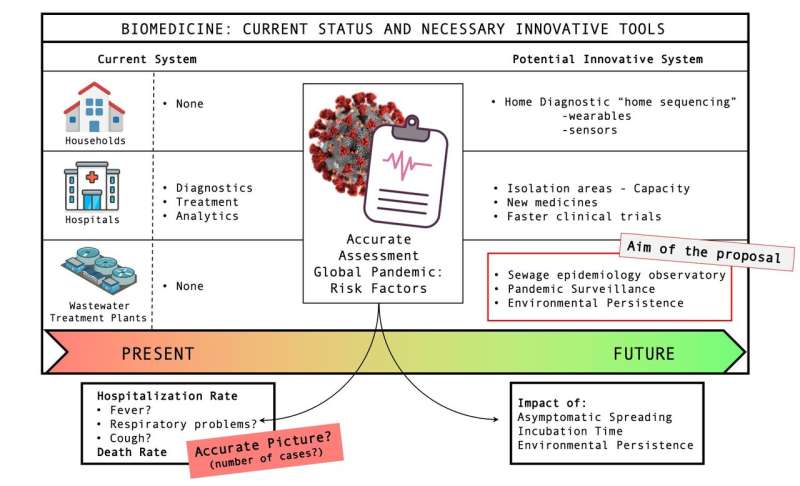Can the sewers disclose the scale of COVID-19?

In an application to the Research Council of Norway's emergency call for proposals in the fight against the Coronavirus, scientists from NMBU, NIVA, Karolinska Institutet and The Veterinary Institute wants to analyze samples from the sewer in the hunt for COVID-19.
During the ongoing epidemic, diagnostics on the individual level has been important in order to track and prevent transmission of the virus. However, the limited capacity of the public health surveillance is a big issue already shown in other epidemics caused by SARS-CoV (2003), influenza virus H1N1 (2009), Ebola virus (2014) and Zika virus (2015).
"The future of public health surveillance depends on developing innovative bioanalytical approaches," says Jose Antonio Baz Lomba, research scientist at The Norwegian Institute for Water Research (NIVA).
"Implementing simple screening on population level, e.g. city populations and smaller, rural populations would provide better overview of the situation, could earlier facilitate more correct preventive measures and could function as an early warning system," Baz Lomba says.
Wastewater virus monitoring has proven its efficiency for early warning by detecting the presence of pathogens before onset of symptoms in the population. Further, quantitative monitoring enables modelling of the epidemic in near real time. This approach will be independent from hospital reporting systems, free from societal biases and adaptable to new and emerging public health threats. As COVID-19 replicates in the intestine and is shed in feces, the project partners aim to provide a new and unique screening system to better understand transmission dynamics and risk factors of the virus through screening and quantification of sewage particles.
COVID-19 spreads directly through airborne droplets from infected individuals, and probably indirectly through contaminated environment. Especially contaminated surfaces in healthcare settings are potential sources of virus transmission. Water or sewage contaminated with virus, which becomes aerosolized, could potentially expose large number of people. As there is little knowledge on these topics, the proposed project will additionally study the environmental stability of coronaviruses. The aim is to provide data on virus reduction in natural settings, which can be used in risk based public health and healthcare system responses.




















